AARP Hearing Center

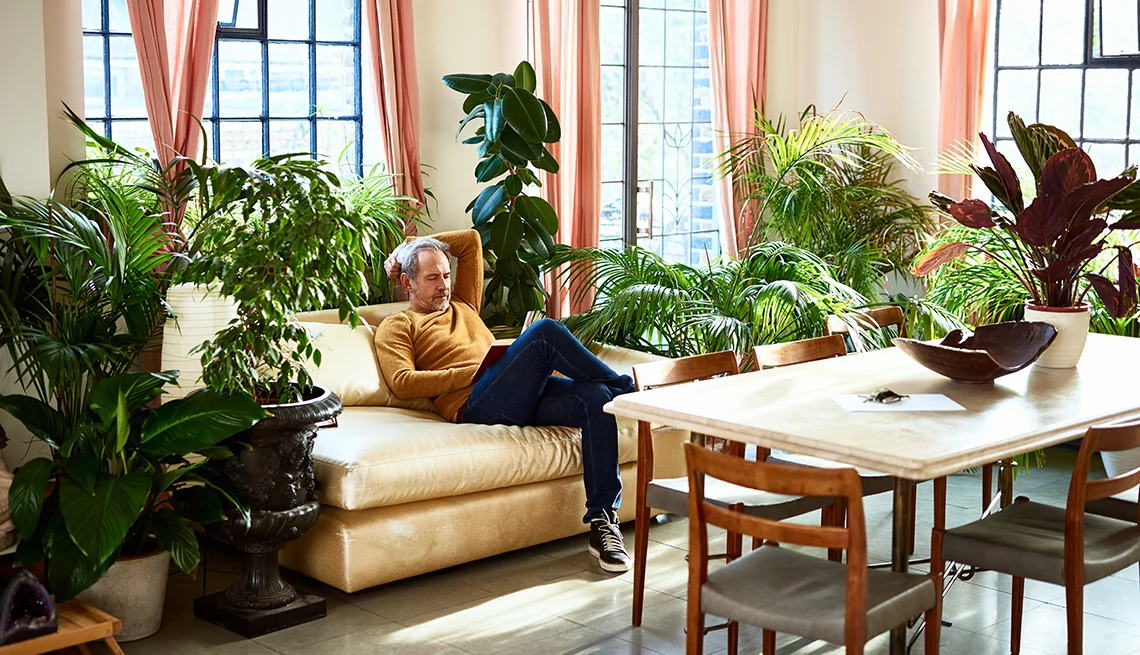
Self-taught horticulturist Larry Pliska believes in the power of plants. He started selling houseplants from the back of a Volkswagen bus in the early 70s after he lost his corporate job to make a little money and do what he loves most: being around plants.
Pliska, who says he is thriving at 77, founded Planterra, an interior landscape company that designs and implements greenery in residential and commercial spaces, including offices, hotels, hospitals and shopping malls.
He attributes his good health to his chlorophyllous colleagues. “For over 30 years, I spent eight hours a day, seven days a week in a greenhouse, and I hardly ever got sick,” continues Pliska, who believes so strongly in biophilia — the innate connection humans feel with nature — that he implores everyone, everywhere to bring the outdoors in.
Green is good for the soul
There’s research to back up Pliska’s claims, says Vladan Nikolic, a.k.a, “Mr. Houseplant,” founder of the houseplant care blog by the same name.
While plants may not clean the air as much as we once thought — a 2019 scientific review published in the Journal of Exposure Science & Environmental Epidemiology debunked that myth finding that hundreds or thousands of houseplants would be needed to clean the air in a standard room — the mental health benefits are very real.
The International Journal of Environmental Research and Public Health published a review in 2022 of 19 plant-related studies and found significant evidence that plants can lower heart rate, pulse rate and blood pressure — physiological indicators of reduced stress — while also improving attention, anxiety and mood. "Even very small-scale greening, including indoor ... potted plants, may provide effective help for stress relief," the study's authors concluded.
“Just looking at nature for 40 seconds relaxes the pre-frontal cortex,” the part of the brain that regulates thoughts, actions and emotions, says Jennifer Walsh, co-host of the podcast Biophilic Solutions and founder of Walk with Walsh, which promotes walking in nature. “We evolved around plants, so we feel more comforted when they are present.”

































































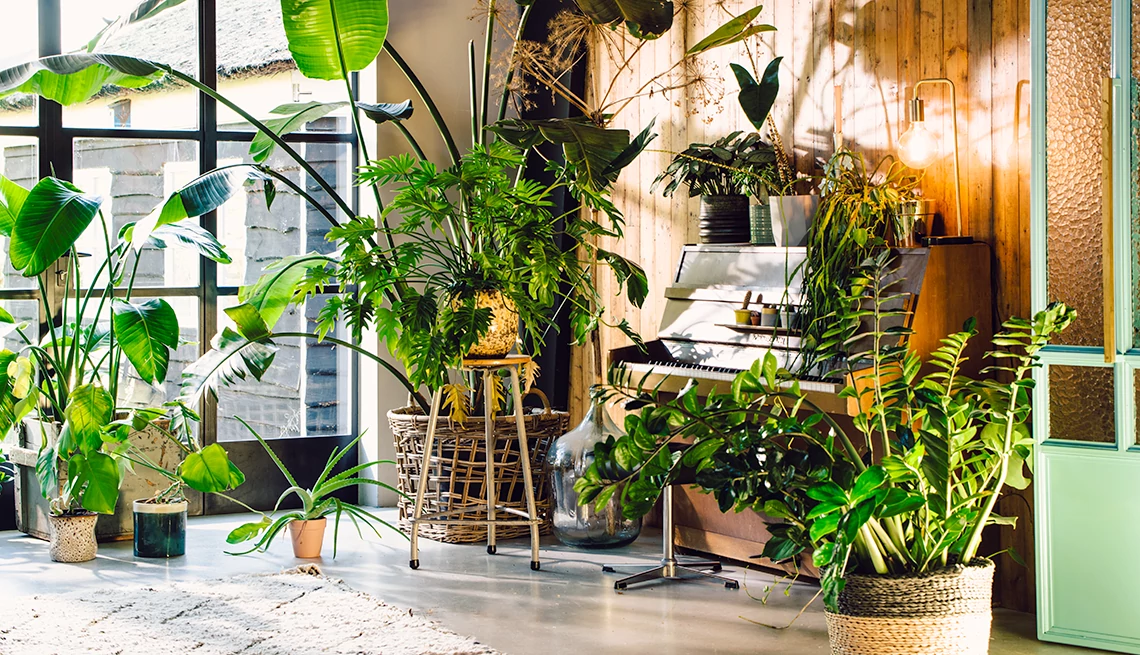
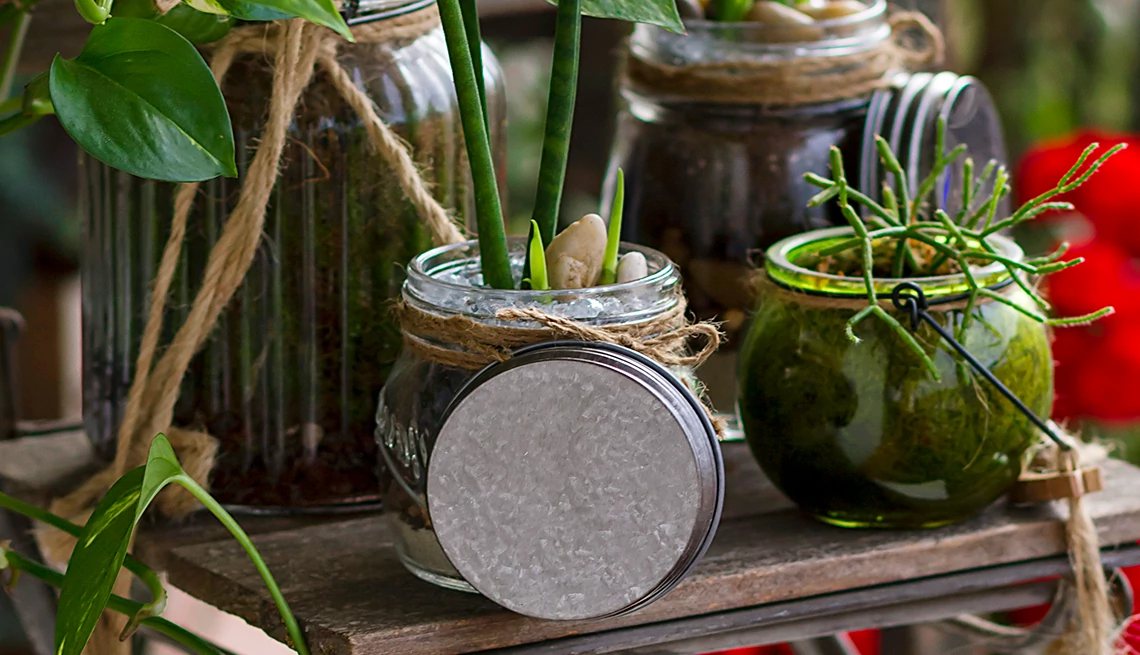
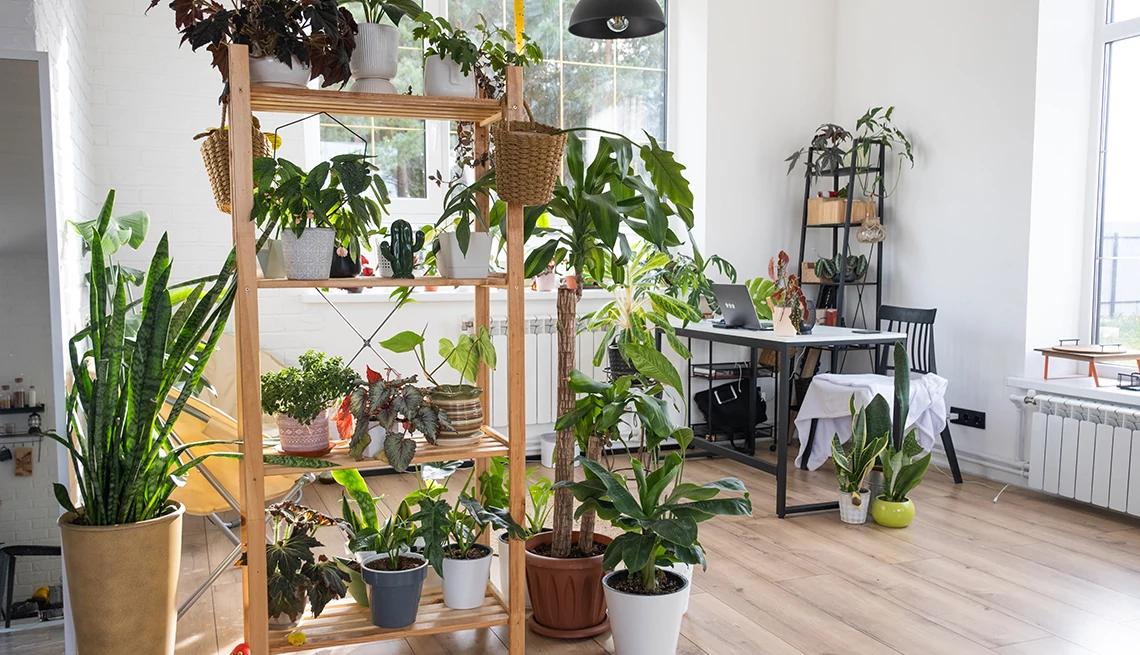
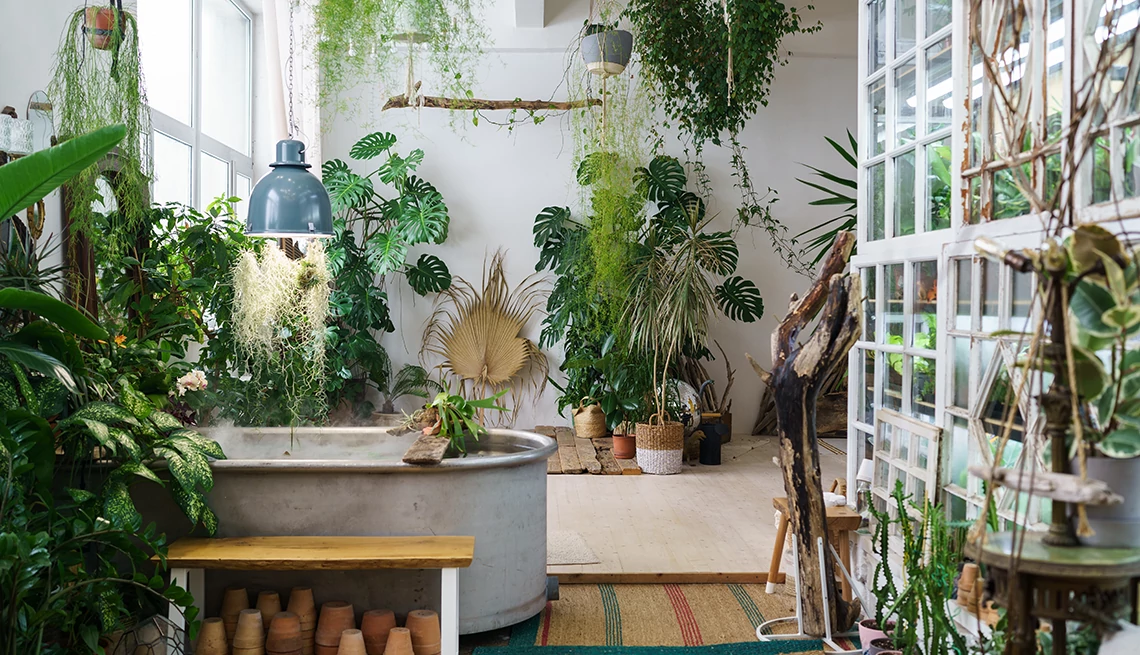
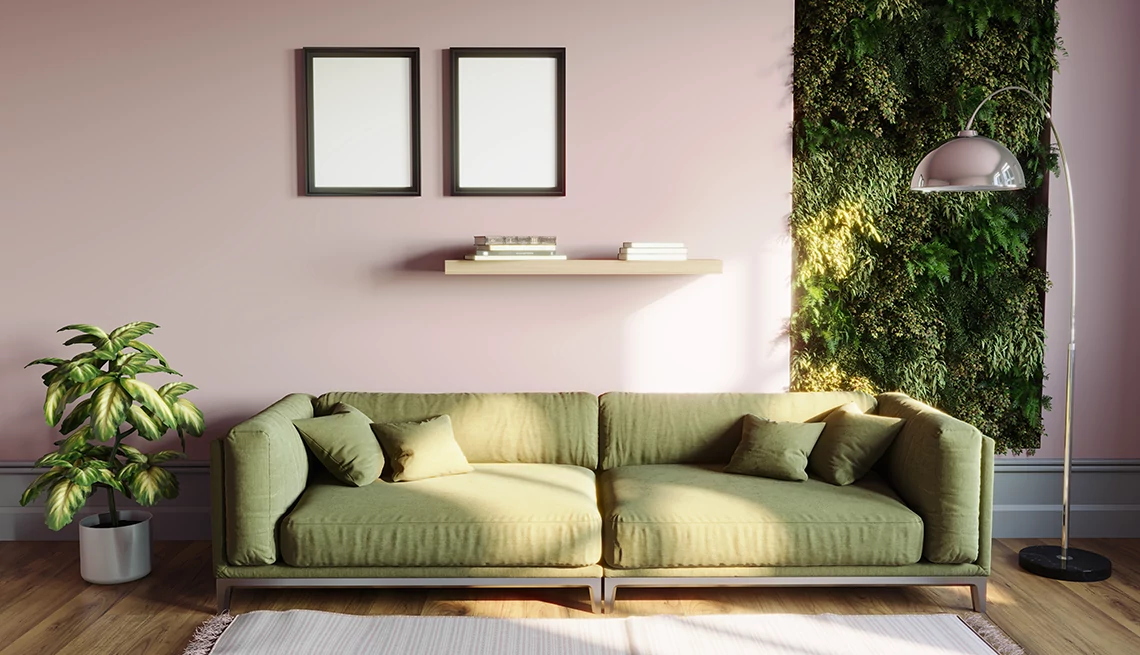
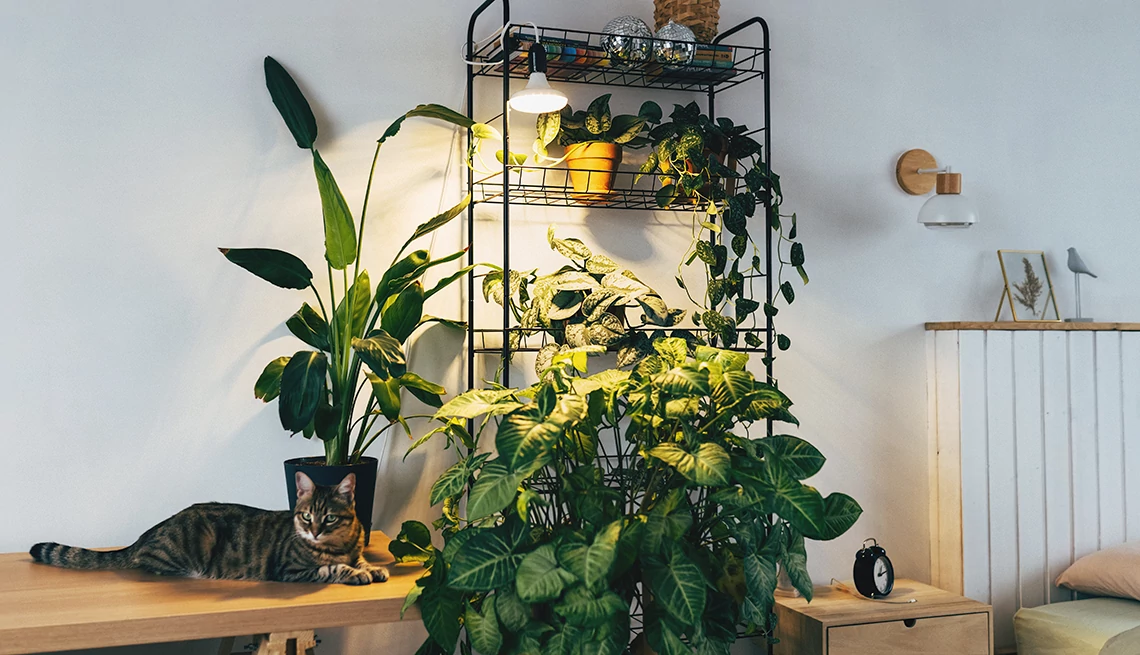



More From AARP
Quiz: Health Benefits of Gardening
Having a green thumb boosts your well-being
Keep Your Flower Garden Blooming Year-Round
Grow colorful bouquets with perennials, annuals and native species
4 Types of Plants You Don’t Want in Your Yard
Avoid troublemakers like invasives, water hogs and fire risks
Recommended for You